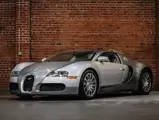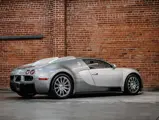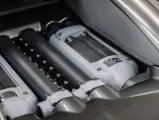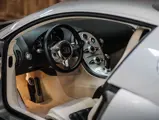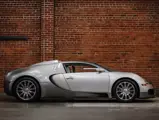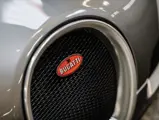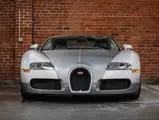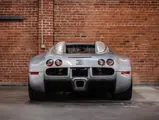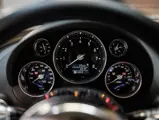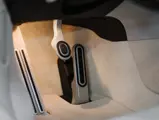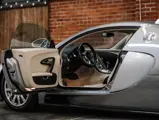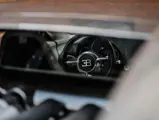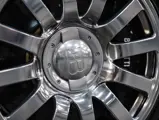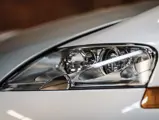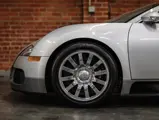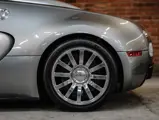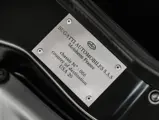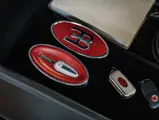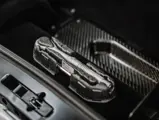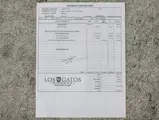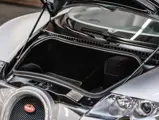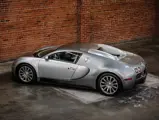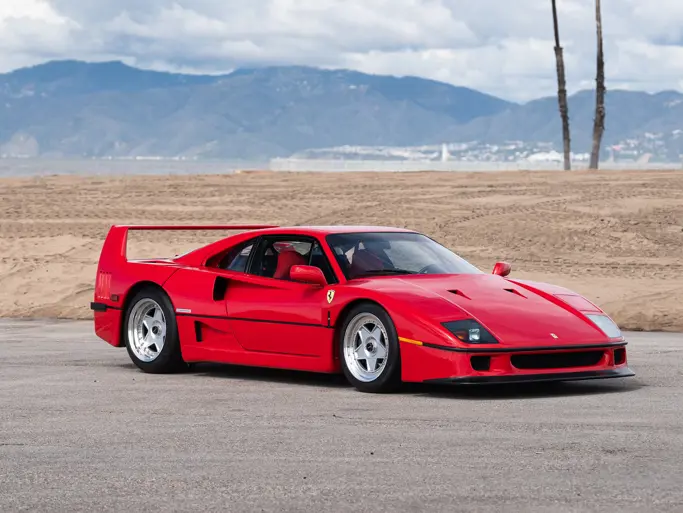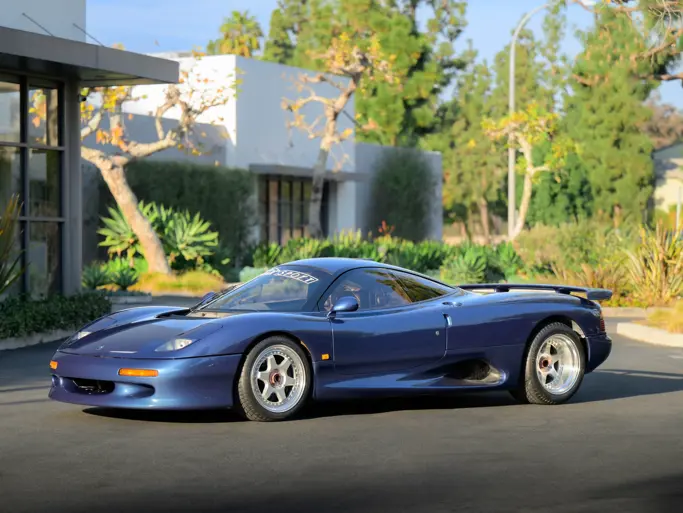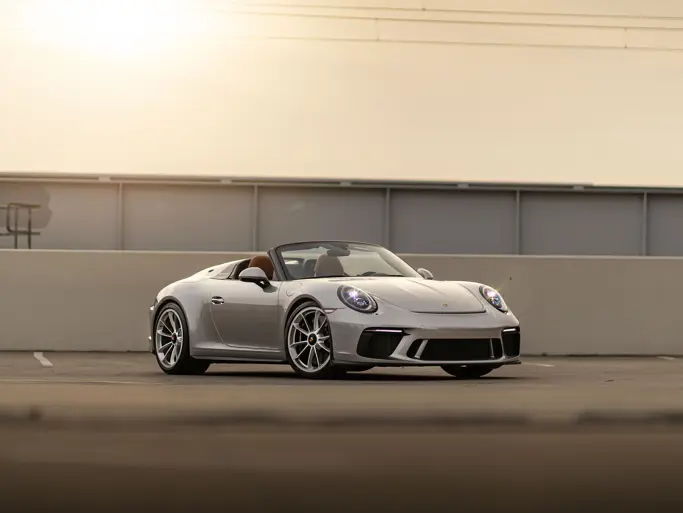Arizona 2020
2008 Bugatti Veyron 16.4
{{lr.item.text}}
$1,105,000 USD | Sold
 | Phoenix, Arizona
| Phoenix, Arizona
{{internetCurrentBid}}
{{internetTimeLeft}}

- One of 252 Veyron 16.4 coupes built, only 76 to U.S. specification
- Maintained by a single California-based private owner
- One of the lowest-mileage examples available; showing only 720 miles
- Recent servicing in late 2018, including a new set of tires
- Accompanied by “speed” and spare keys, owner’s manual, tools, and battery tender
- Documented with service invoice and CARFAX report
- An exquisitely presented example of the original 1,000 hp supercar
The Bugatti Veyron will long be remembered as a benchmark in supercar design, as a model that not only established itself as the world’s fastest production car, but also resuscitated one of the most legendary performance brands. In 1998 the Volkswagen Group acquired the rights to the defunct Bugatti, the once family-owned-and-managed concern that had built and raced some of history’s most successful and beautiful sports cars.
VW was redefining itself as one of the premier automotive companies in the world, having recently also bought Lamborghini and Bentley, and already owning Audi, which would go on to win the 24 Hours of Le Mans 13 times in 15 years (not including Bentley’s victory in 2003). With so much technical expertise at its disposal, the acquisition of Bugatti portended momentous developments, and the Alsatian company was positioned as the luxury and performance flagship of VW’s portfolio.
The development of its first car was to take several years of gestation, however, as Bugatti built three concept cars equipped with a W-18 engine. This engine also found its way into the early concept version of the Veyron, which was named for the successful pre-war racing driver Pierre Veyron, and was unveiled at the Tokyo Motor Show in late 1999. Almost a year later, the Veyron was introduced in its essential production form at the 2000 Paris Salon, now featuring an 8-liter W-16 engine.
The new W-16 was essentially two V-8s placed contiguously, sharing a common crankcase. With 64 valves and four intercooled turbochargers, the impressive engine developed a whopping 1,001 hp at 6,000 rpm. The W-16 also produced 922 foot-pounds of torque available as low as 2,200 rpm, providing an astonishing amount of power at the drop of a hat. Despite the Veyron’s curb weight of 4,163 pounds, these numbers were sufficient to propel the car to 60 mph from standstill in a mere 2.5 seconds, and to a top speed of 250 mph, which established a speed record for a production automobile.
The stopping power was just as impressive, as the Veyron was anchored by massive carbon-ceramic disc brakes with 15.7-inch discs and eight-piston, four-pad calipers up front, while 15-inch discs with six-piston, two-pad calipers were equipped at the rear. With so much power and weight, traction became an immediate concern, so the Veyron was accordingly equipped with all-wheel drive administered by a seven-speed dual-clutch paddle-shift transmission. The alloy wheels, which were respectively 20 and 21 inches at the front and rear, were shod with special purpose-designed Michelin Pilot Sport PS2 PAX run-flat tires that provided superior grip.
The array of technology extended to three different drive modes: a Normal mode, at which the ride height was 4.9 inches; a Handling mode that deployed the rear spoiler and lowered ride height to 3.15 inches; and a special key-activated High-Speed mode that dropped ride height to 2.56 inches in front and 2.75 at the rear, while changing the spoiler position. Despite having been engineered for performance, the Veyron equally prioritized luxurious comfort, as proven by a leather-appointed interior offset by a center console of machine-turned metal, in a nod to the interiors of the classic pre-war Bugattis. The instrument panel was dominated by a large central speedometer that was flanked by a gauge measuring horsepower output.
Only 450 Veyrons were produced during 11 years of production, with 300 fixed-roof coupes, including 252 examples built to the original 16.4 production configuration. A luminary model by any reckoning, the Veyron 16.4 is prized by supercar aficionados and Bugatti purists alike, and the small quantity of cars have generally found themselves as the centerpieces of important collections.
Veyron no. 066, the 20th example built for the U.S., was finished in a classic scheme of silver metallic over bright silver and upholstered in a very rare two-tone combination of Silk leather with Anthracite accents. The showroom-quality Bugatti benefits from the fastidious care of just one California-based private owner through the course of its life, having accrued only 720 miles. In late 2018 the car received a fluid service and new tires, as reflected by an invoice totaling over $51,000. A rare and minimally driven example, this beautifully preserved Veyron would make a sensational addition to the world’s finest collections.

